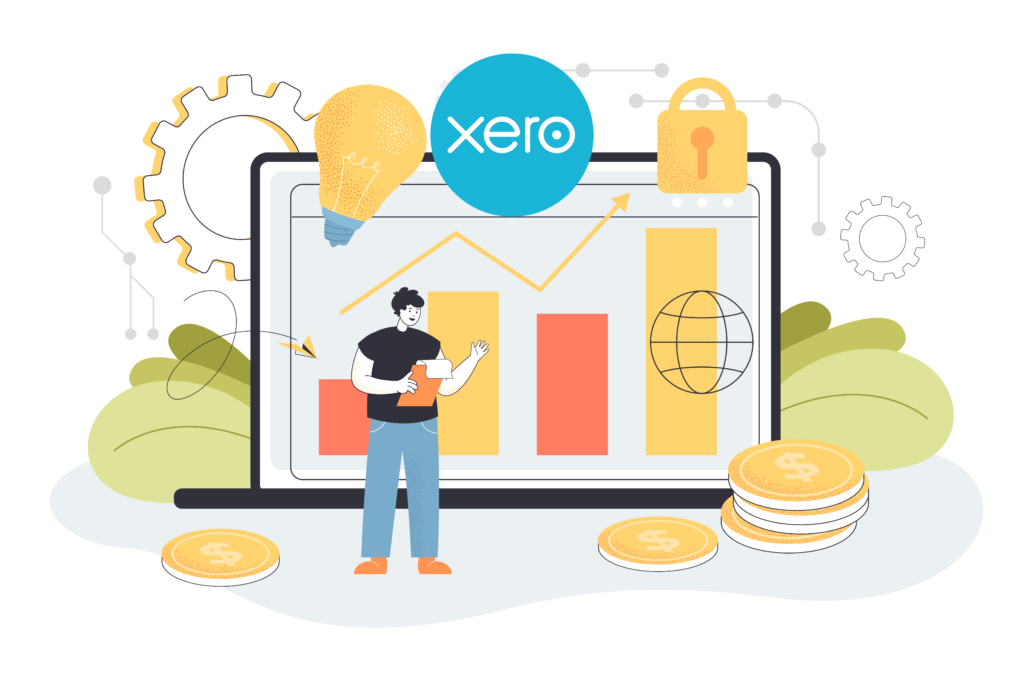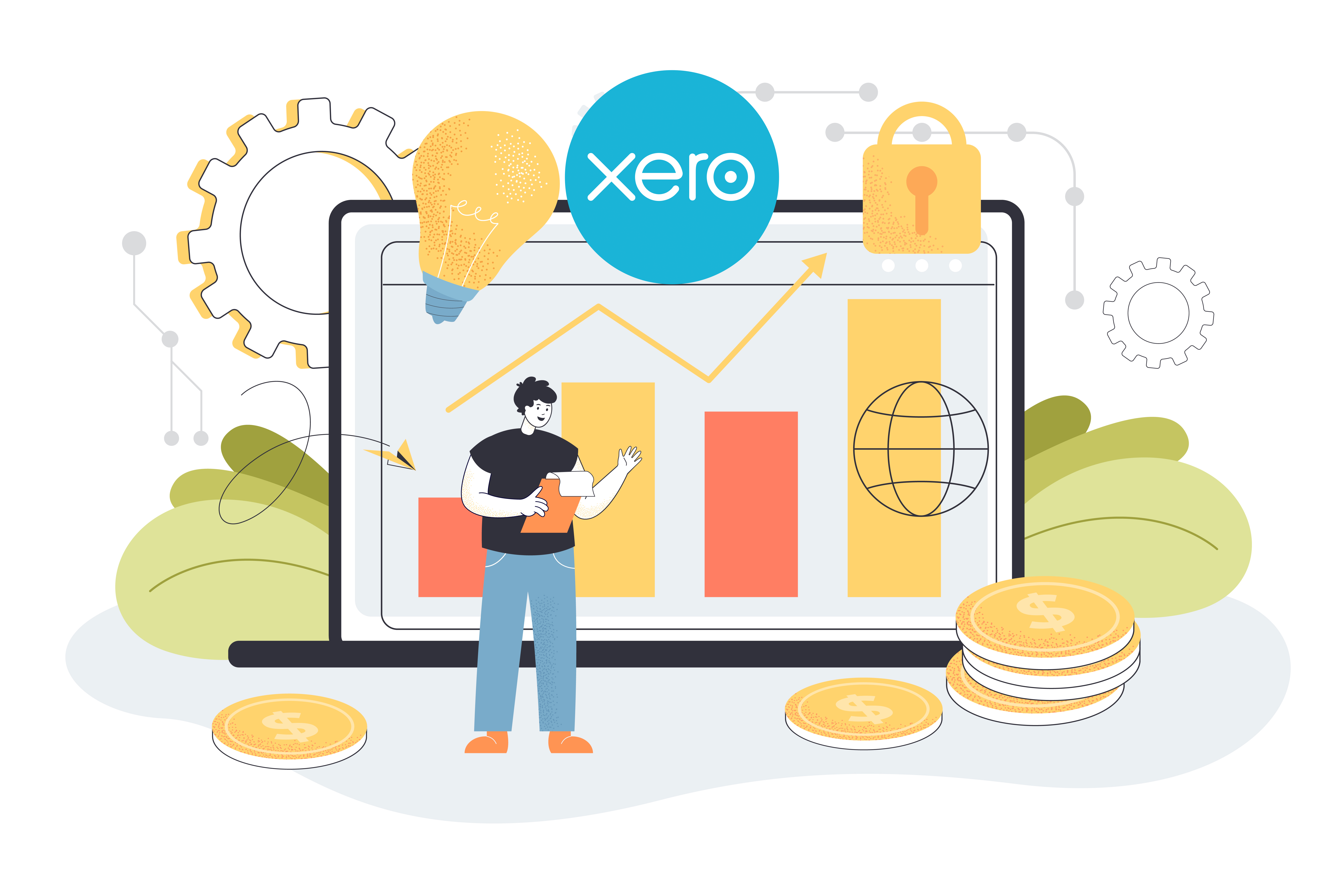Xero is a popular cloud-based accounting software used by small and medium-sized businesses around the world. It is designed to streamline financial operations, including invoicing, bank reconciliation, and reporting. Customer Relationship Management (CRM) systems, on the other hand, are used by businesses to manage customer interactions and relationships. Xero and CRM integration can provide significant benefits to businesses, from improved data management to enhanced reporting capabilities.
In this article, we’ll discuss the benefits of Xero and CRM integration, as well as provide an overview of how businesses can integrate Xero with a CRM system.
Benefits of Xero and CRM Integration

Improved Data Management: Integrating Xero and CRM systems can create a single source of truth for all financial and customer data. This can improve data accuracy and reduce the amount of time spent on manual data entry.
Enhanced Visibility: By integrating Xero and CRM systems, businesses can gain a holistic view of their operations, including financial and customer data. This visibility can help identify trends, patterns, and opportunities that may otherwise be missed.
Streamlined Processes: Integrating Xero and CRM systems can help streamline processes, reducing the amount of time and effort required for tasks such as invoicing and payment processing.
Better Customer Experience: Integrating Xero and CRM systems can provide businesses with a more comprehensive understanding of their customers’ needs and behaviors. This can help improve the customer experience by enabling personalized interactions and targeted marketing campaigns.
Overview of Xero:
Xero is a cloud-based accounting software designed to help businesses manage their financial operations. Here are some of the key features of Xero:
Invoicing: Xero allows businesses to create and send professional invoices, as well as manage payment processing and overdue accounts.
Bank Reconciliation: Xero automatically imports bank transactions, making it easy to reconcile accounts and track cash flow.
Reporting: Xero provides real-time reporting on financial performance, including profit and loss statements, balance sheets, and cash flow statements.
Integrations: Xero integrates with a wide range of third-party applications, including CRM systems, to provide a complete view of business operations.
Integrating Xero with a CRM System:
Xero can be integrated with a CRM system, such as HubSpot or Salesforce, to provide a complete view of financial and customer data. Here’s an overview of how businesses can integrate Xero with a CRM system:
Choose a CRM System: The first step in integrating Xero with a CRM system is to choose a CRM system that meets the needs of the business. HubSpot and Salesforce are two popular options, but there are many other CRM systems available.
Connect Xero and the CRM System: Once a CRM system has been chosen, the next step is to connect Xero and the CRM system. This can typically be done through an integration app or plugin.
Map Fields: After Xero and the CRM system have been connected, businesses will need to map fields between the two systems. This ensures that financial and customer data is correctly synced between the systems.
Customize Settings: Finally, businesses can customize settings such as sync frequency, data permissions, and automation rules to ensure that the integration meets their specific needs.
Conclusion:
Integrating Xero and CRM systems can provide significant benefits to businesses, from improved data management to enhanced reporting capabilities. By creating a single source of truth for financial and customer data, businesses can gain a comprehensive understanding of their operations, improve decision-making, and provide a better customer experience. If you’re considering integrating Xero with a CRM system, be sure to choose a CRM system that meets the needs of your business and carefully map fields between the systems to ensure data accuracy.




